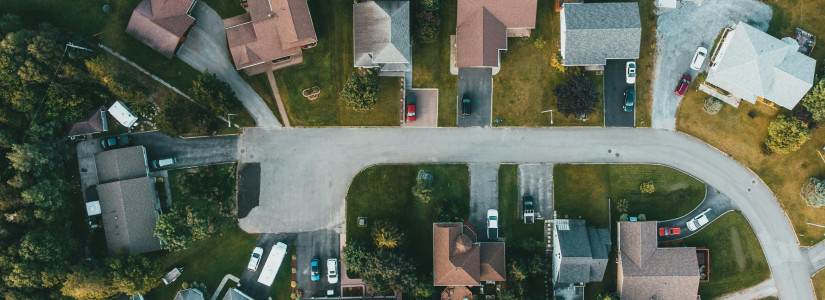The $70K Salary Homebuyer’s Guide: Affording a House in 2025

With rising inflation and fluctuating interest rates, the question of how much house you can afford on a $70,000 salary is more complex than ever.
Home prices, mortgage rates, and cost-of-living differences across cities all play a significant role in determining affordability.
But let's cut through the noise and get to the numbers.
Worth reading: Government Income Programs to Help Low-Income Families Beat Inflation in 2025
Straight Answer: A Home Around $210,000
A general rule of thumb is that you can afford a home priced at three times your annual salary.
That means a $70,000 salary puts you in the range of $210,000 for a home.
Here’s an example breakdown:
-
Income: $70,000 per year
-
Monthly Debt Payments: $275
-
Down Payment: 10%
-
Interest Rate: 6.5% (30-year fixed mortgage)
-
Estimated Monthly Mortgage Payment (Principal & Interest): $1,200
But in today’s economy, inflation and rising interest rates can limit how far your money stretches.
So, let’s consider a few variables that impact affordability.
How Inflation Affects Your Home-Buying Power
-
Higher Mortgage Rates: Interest rates have climbed, making monthly payments more expensive than they were just a few years ago.
-
Increased Home Prices: The median home price has risen, meaning your budget may not go as far.
-
Rising Cost of Living: Housing, groceries, and transportation costs are higher than ever, eating into disposable income.
Getting More for Your Money: The Cost-of-Living Factor
Your home affordability depends on where you buy. If you’re looking to maximize your home-buying power, consider moving to an area with a lower cost of living.
-
Dallas vs. Denver: Moving from Denver to Dallas can reduce housing costs by over 20%, allowing you to buy a bigger home.
-
Nashville vs. Hendersonville, TN: Hendersonville offers 37% cheaper housing than Nashville, with just a 30-minute commute.
Government-Backed Benefits for Homeowners
With inflation making homeownership more challenging, government programs can help by lowering costs and improving affordability:
-
FHA Loans: Require as little as 3.5% down payment, making homeownership accessible for first-time buyers.
-
VA Loans: Offer zero down payment and no private mortgage insurance (PMI) for eligible veterans.
-
USDA Loans: Provide low-interest, no-down-payment loans for homes in rural areas.
-
First-Time Homebuyer Assistance: Many states offer down payment assistance and tax credits to ease the financial burden.
Final Thoughts: Smart Home Buying in an Inflationary Market
While a $70,000 salary typically allows for a $210,000 home, today’s market requires careful financial planning.
Consider location, mortgage rates, and government-backed benefits to maximize affordability and minimize costs.
For more home-buying assistance, explore federal and state housing programs at HUD.gov.
Previous article: How Economic Policies and Inflation Are Reshaping the Housing Market
-
At InflationRelief.net, we're committed to helping you navigate life’s financial challenges.
From breaking down health myths to optimizing your retirement savings, we offer fresh, practical content every day.
Keep exploring for tips and insights to help you live your best life!
Related Articles
Stay ahead of the curve











